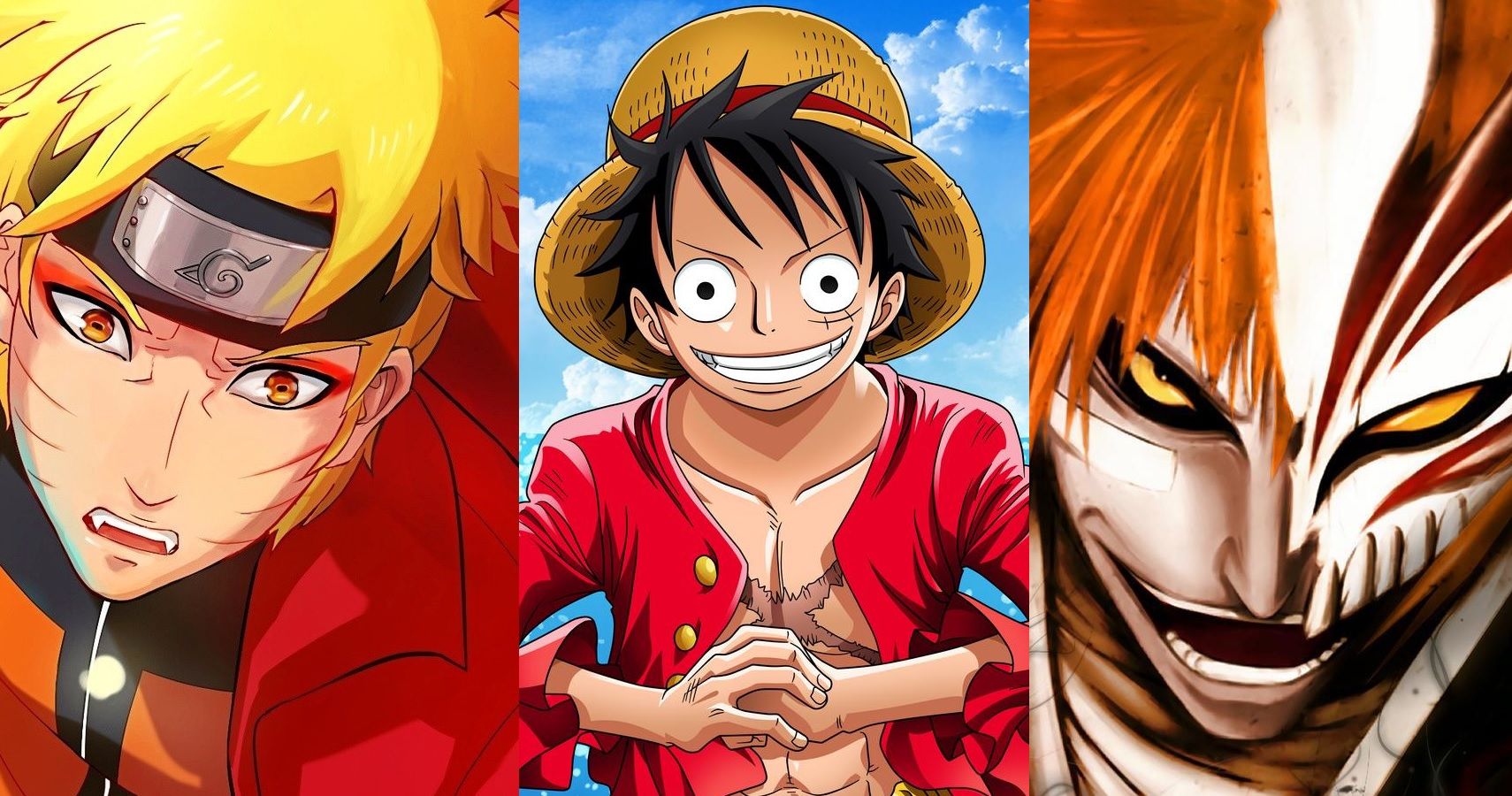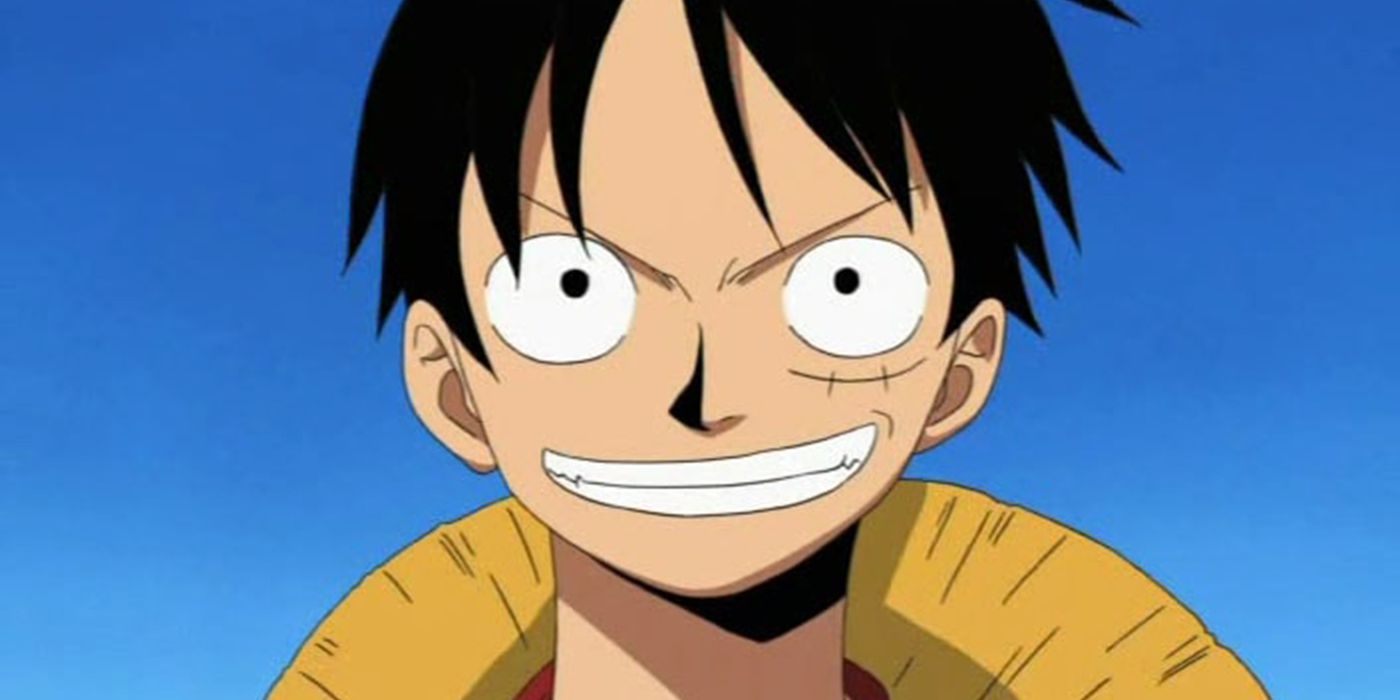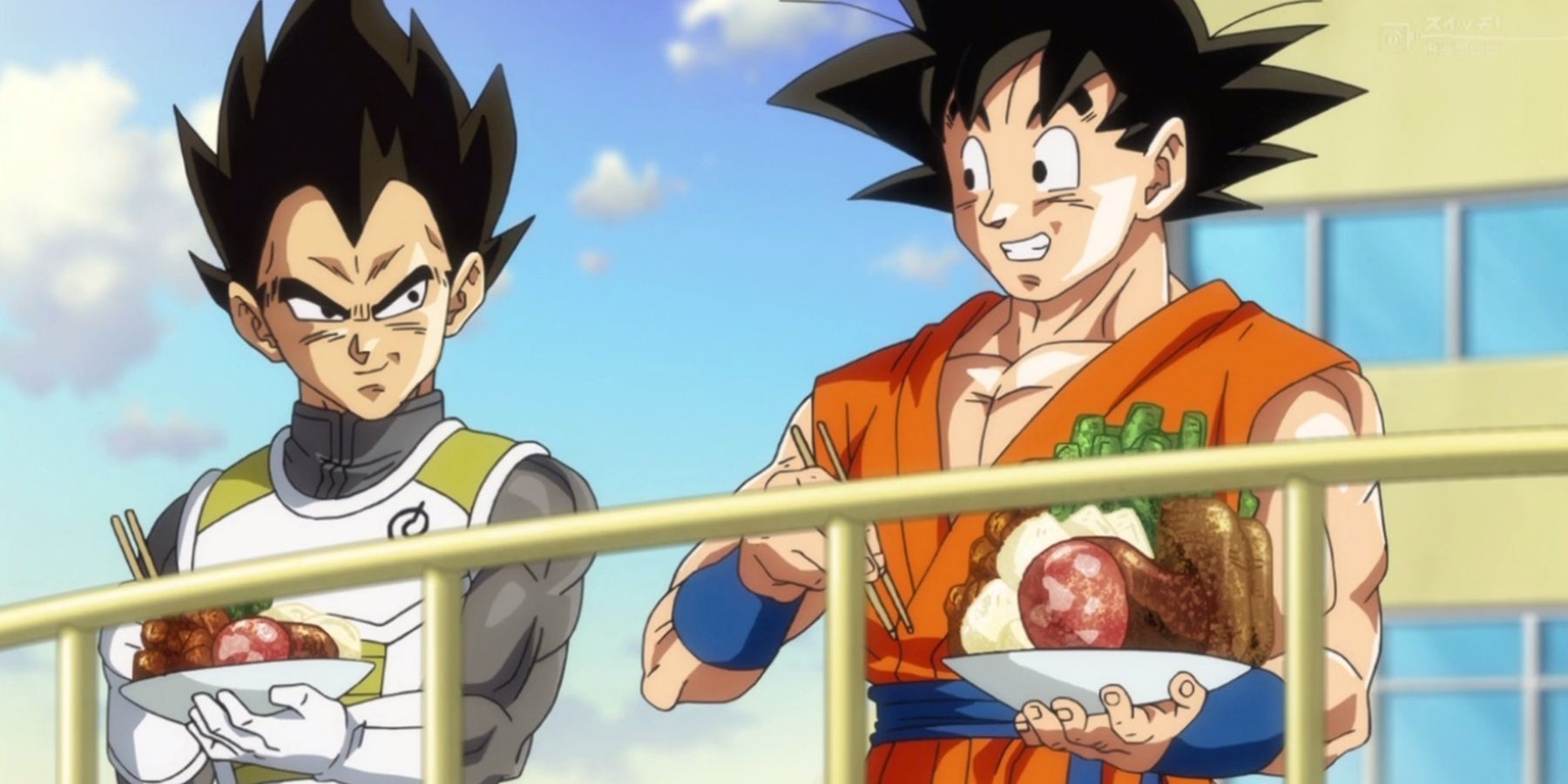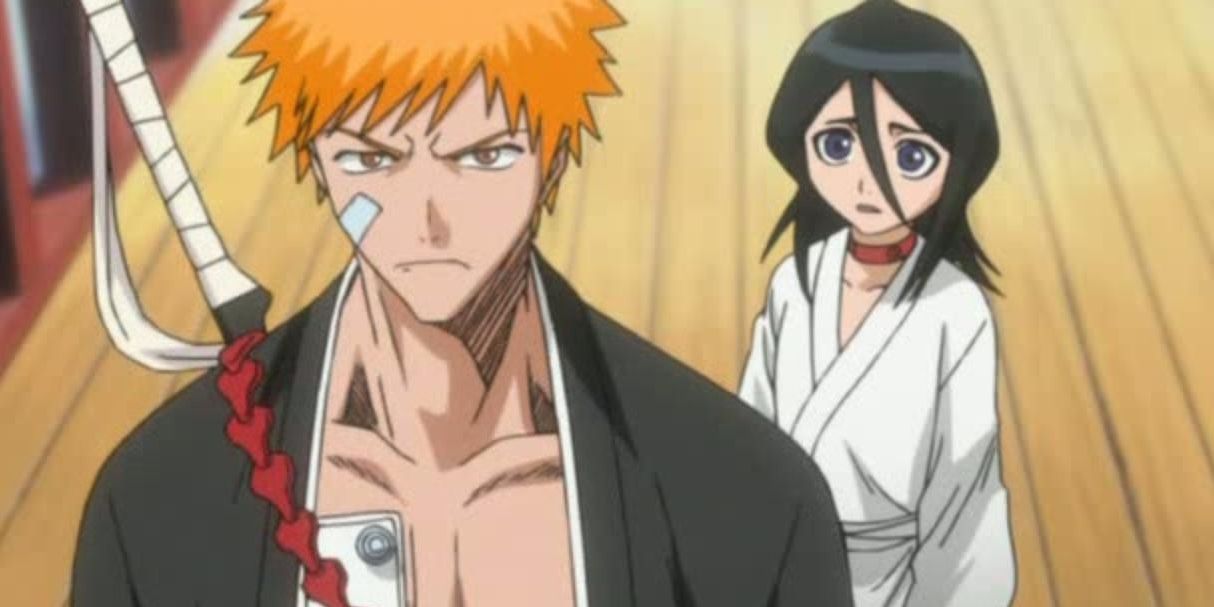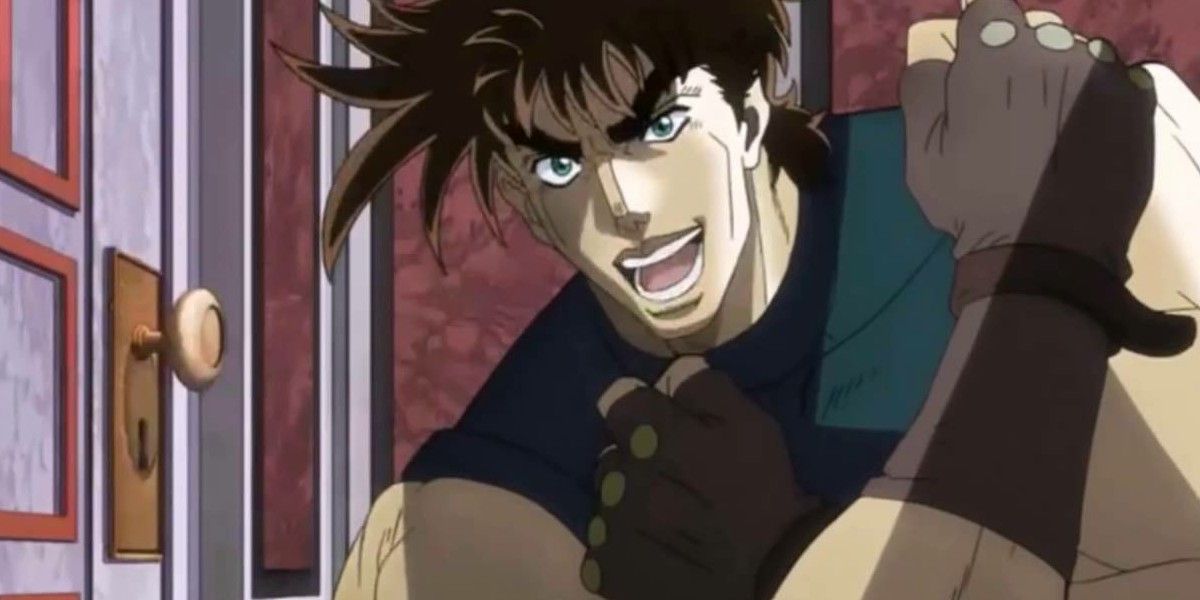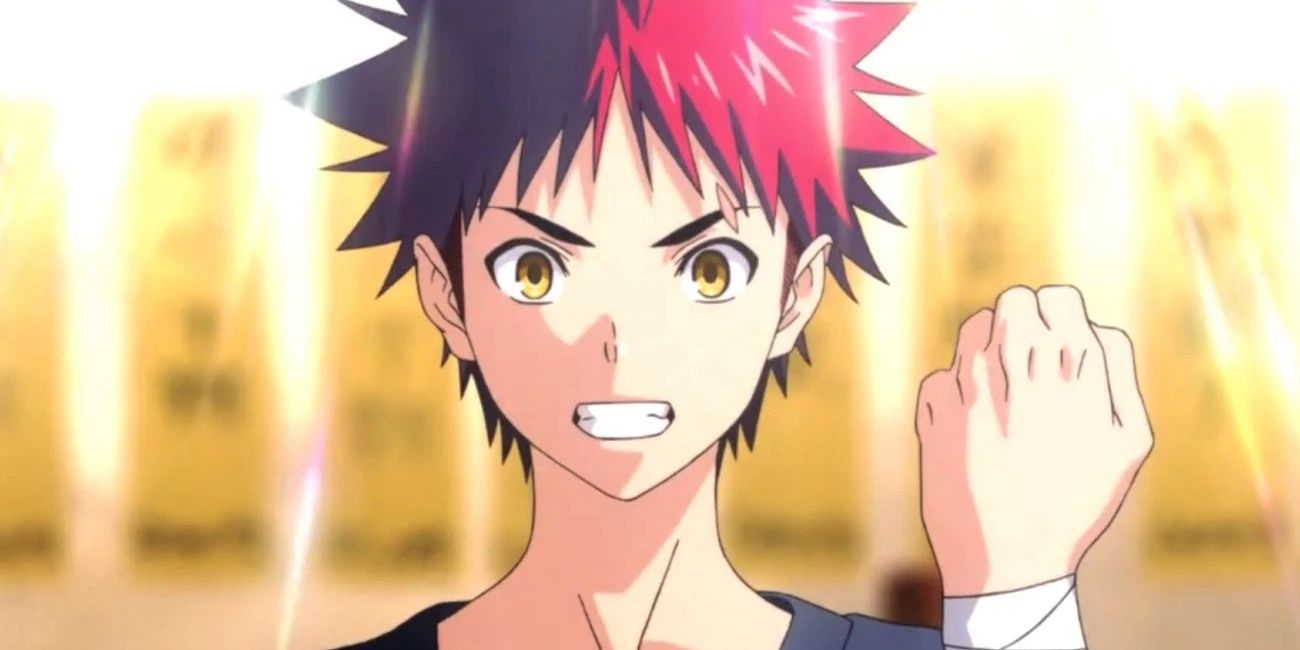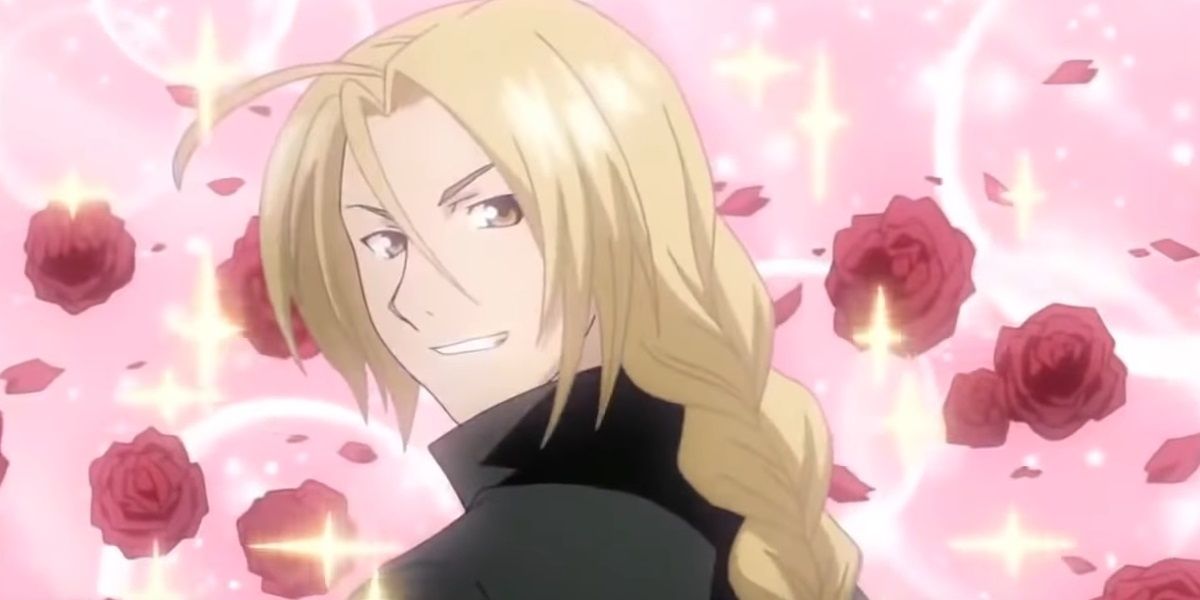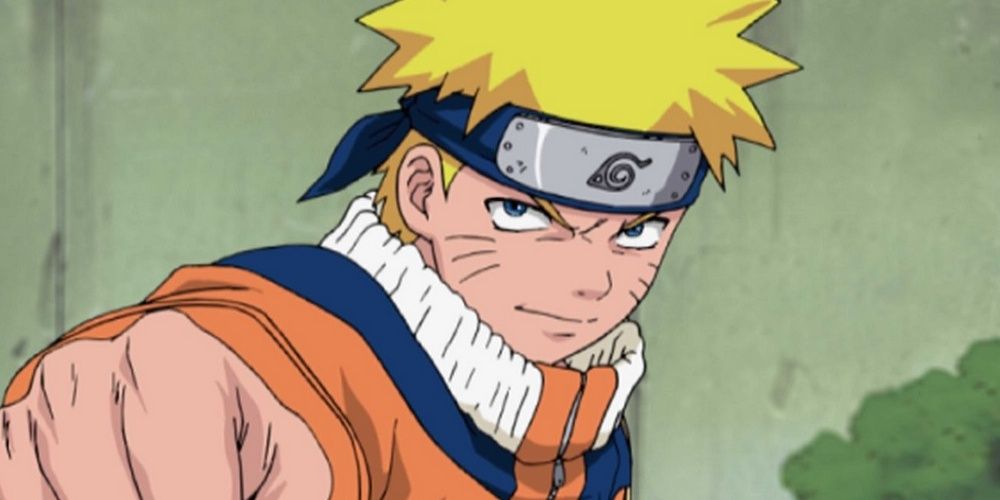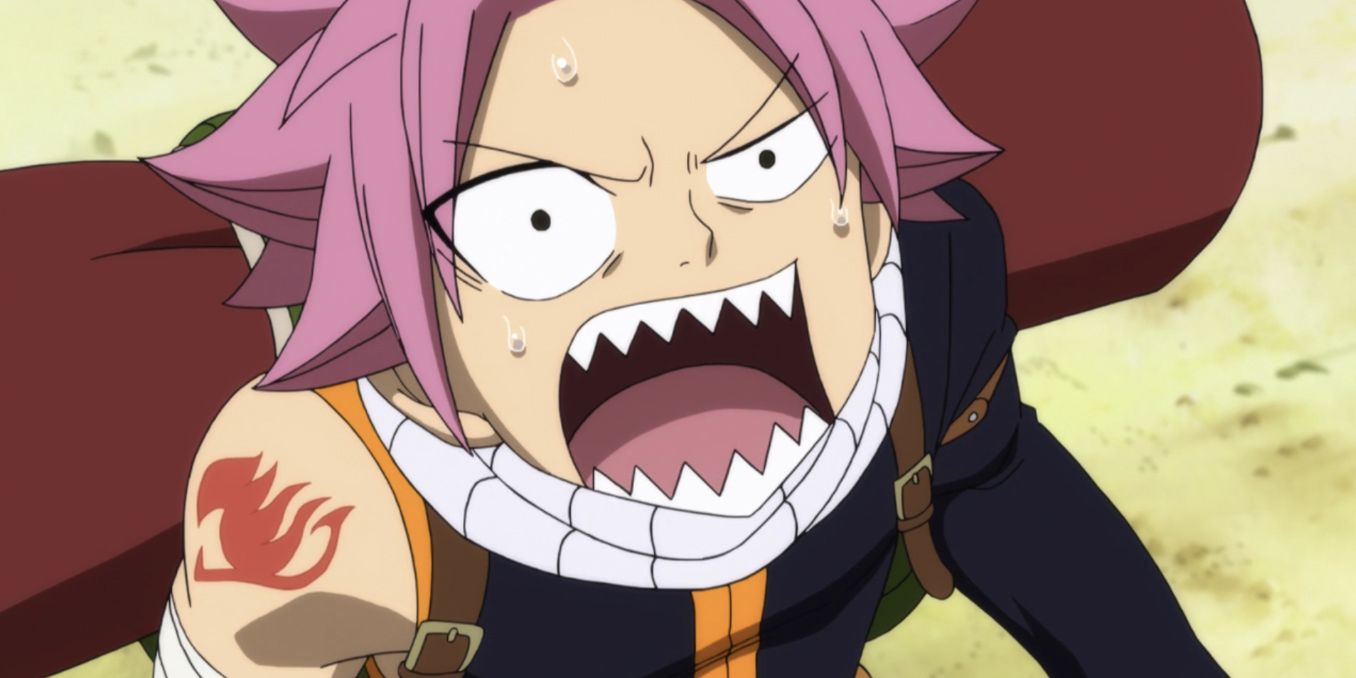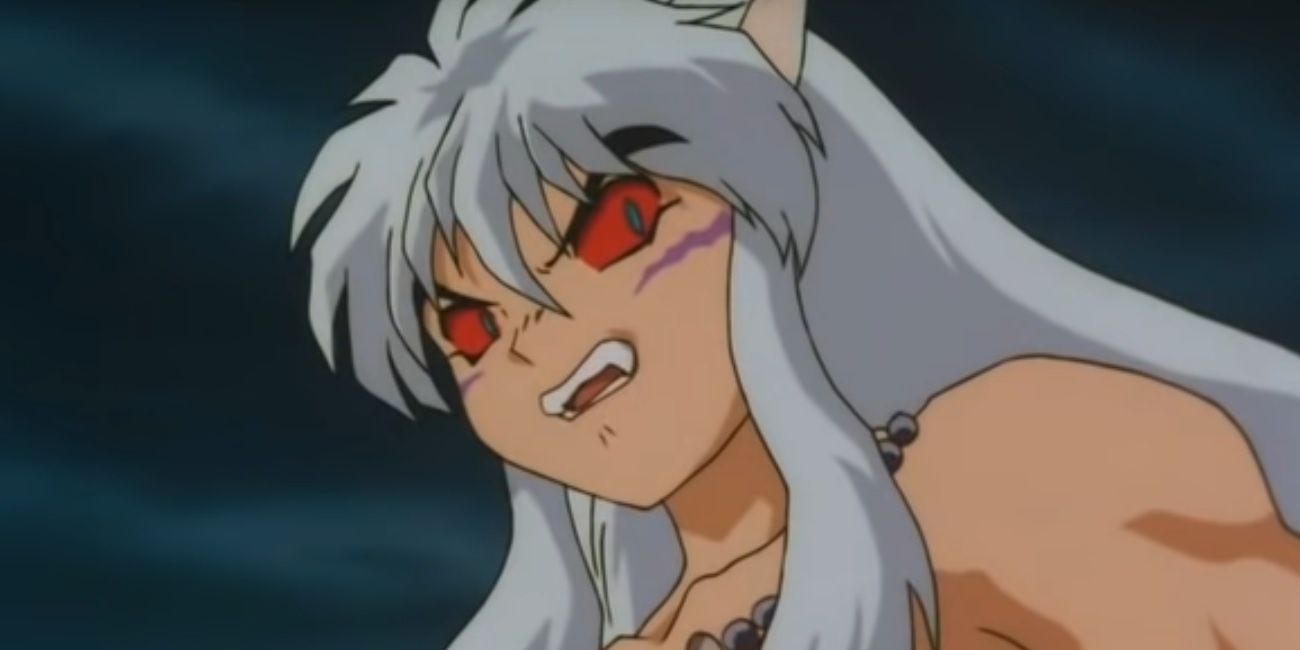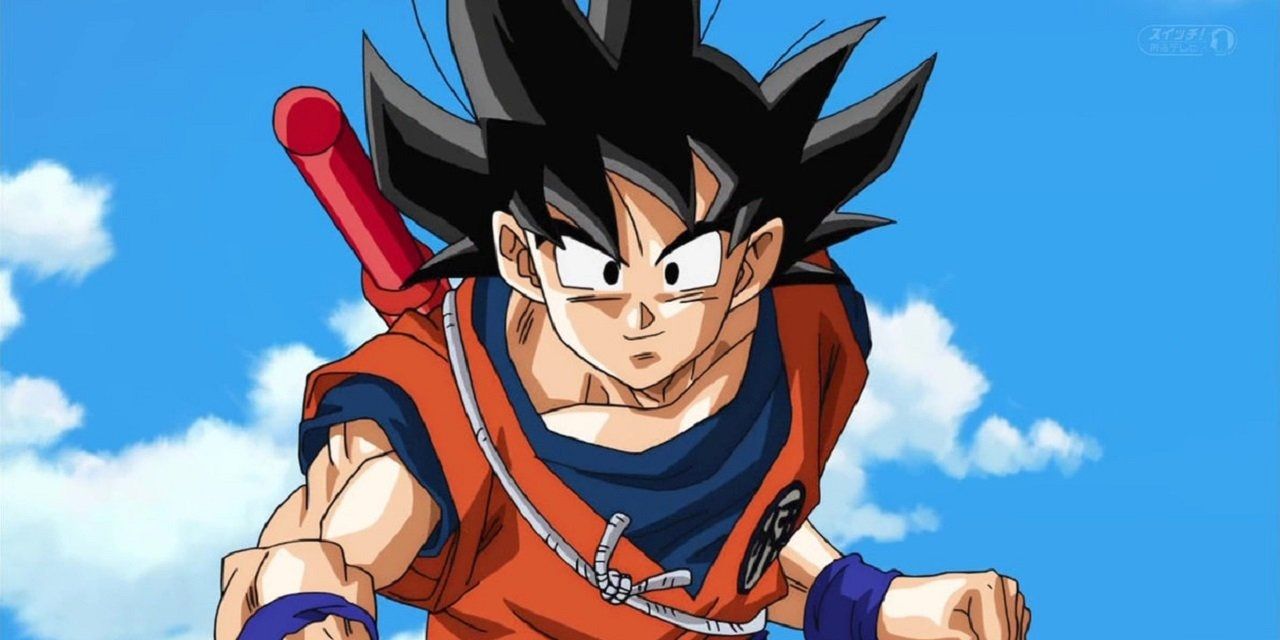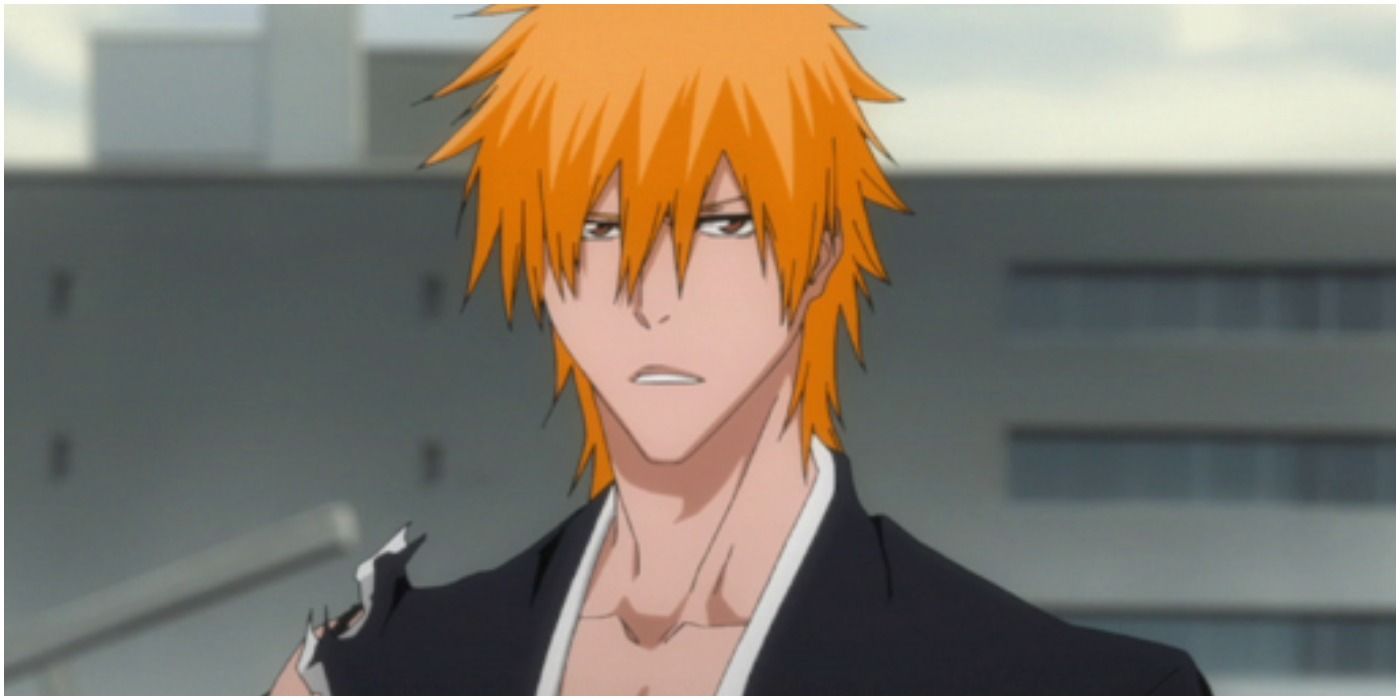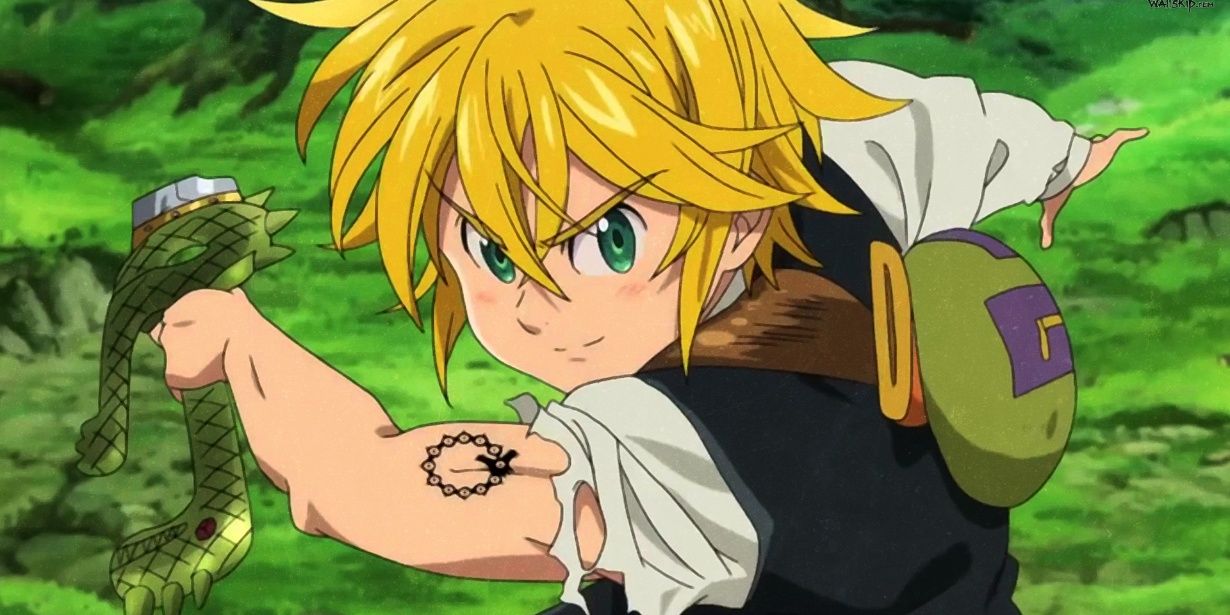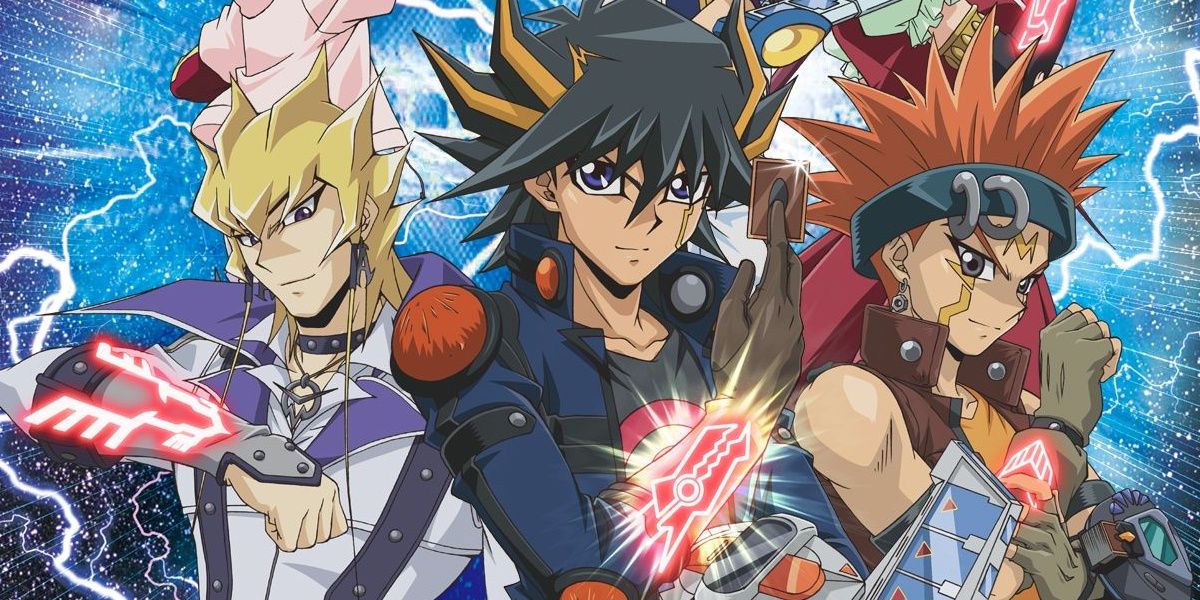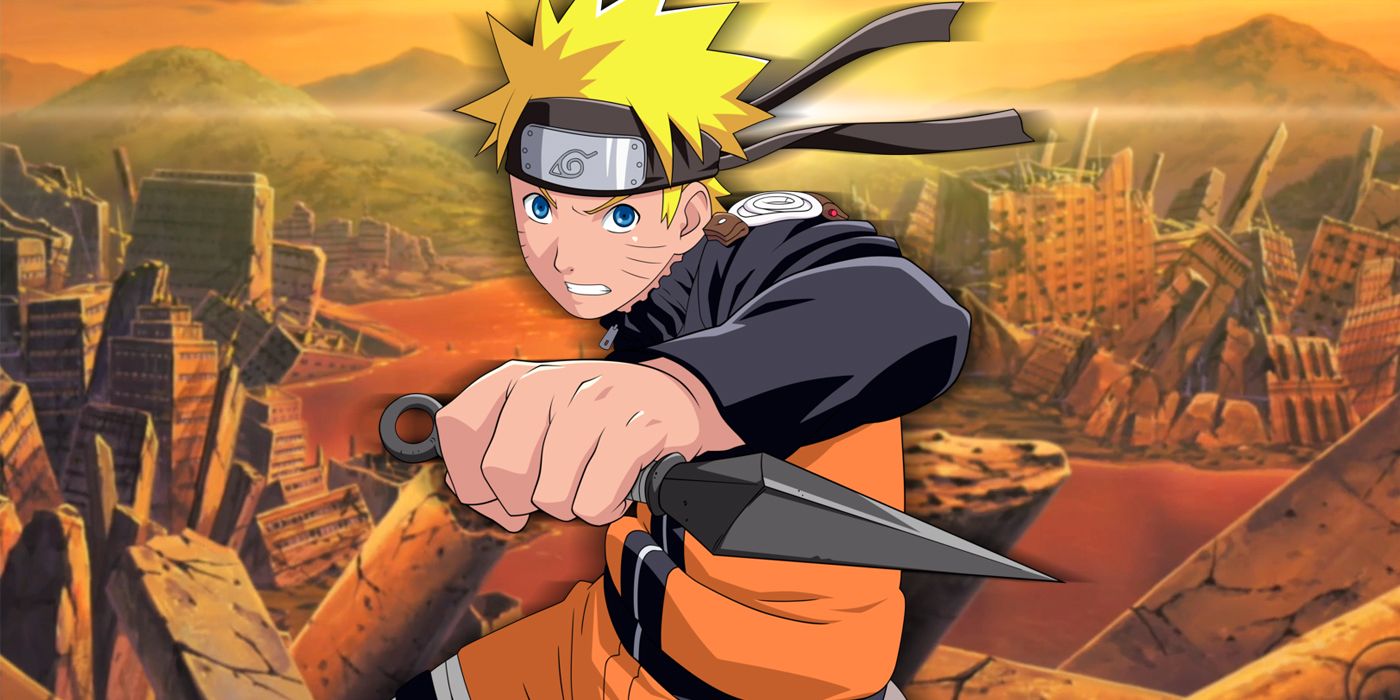The world of anime is much more than just Saturday morning cartoons. Anime can feature just about any genre or story type for just about any audience, and one of the biggest genres of all is Shonen. Created for boys, but popular with everyone, Shonen is often what people think of first when they hear "anime." And it's showing no signs of slowing down.
Mega-hits like Naruto, Dragon Ball Z, One Piece, Bleach, and Fullmetal Alchemist are classic Shonen series, and often, they are anchored around a scene-stealing main character. From Naruto Uzumaki to Goku to Ichigo Kurosaki and Monkey D. Luffy, there is plenty to love. Still, Shonen is decades old, and some ideas are timeless classics... while others are really showing their age. So, what do we love most about typical Shonen leads? And in what areas does the formula need some fresh air?
Updated by Louis Kemner September 20th, 2020: With shows like Demon Slayer and My Hero Academia dominating the screen, it's easy to see that the shonen genre is alive and well, despite its age. There are many timeless aspects to shonen that fans will love well into the future, but a few aspects of the genre are getting really dated, or maybe they were never such a good idea to begin with. Let us now review the entire genre and determine a few more classic elements and a few weak links that need to go.
15 Trope We Love: Courage
Many aspects we love about Shonen lead characters are true for a good lead character of any genre, but in the world of Shonen, these universal character traits can shine especially bright. A Shonen protagonist is never passive or afraid, and he (it's usually a guy) will never back down from a challenge.
This is an immensely admirable trait in anyone, fictional or real, and a brave Shonen protagonist is someone who will confront evil, say "yes" to a quest opportunity, and good old-fashioned get some work done. The plot will always move forward when these courageous characters enter the scene.
14 Tired Trope: Big Eater
We love the courage of Goku (left), but let's be honest, he also indulges in some tired cliches of the Shonen genre. Any story needs some comic relief, and Shonen has plenty of that, but the "big eater" trope is really wearing thin by now. It's 2020, for goodness' sake, not 1995.
This trope doesn't exactly make the main character unlikable, but the "big eater" trope is a shallow visual gag, and really nothing more than that, and it gets eye-rolling the second time around, let alone the tenth or twentieth.
13 Trope We Love: Loyalty
Most of the great aspects of Shonen leads are basic and universally loved traits like these, which is what make them so timeless. Courage and loyalty can take an infinite variety of forms in a story, and we love it every time.
Often, a Shonen lead is only as good as the value that he places on his friendships, and he never fights just for self-interest (that's what villains do). No, a hero puts others first, and he would sooner die than turn on his fellows or hurt them. In fact, Ichigo Kurosaki's first name can be read as "one defender," based on its kanji. Now that's someone you can rely on.
12 Tired Trope: Peeping At Girls
Quick aside: JoJo's Bizarre Adventure is now Seinen, but it was once more Shonen. Anyway. An upstanding guy is not only brave and loyal and optimistic, but he also treats girls and women with respect, and an abusive jerk is no one we can support.
On a related note, the whole idea of the Shonen lead accidentally (or on purpose!) seeing a girl sans clothing is really tired by now, and it just cheapens the characters involved and the story itself. This gag doesn't flatter anyone, and we're tired of scenes of screeching girls throwing wooden bath buckets at some guy who got an unwanted eyeful.
11 Trope We Love: Fighting Spirit
This is related to courage, but it's a whole topic of its own. Courage is rather abstract, and it can take many forms, but having a healthy fighting spirit is something we all know on sight. The hero not only stands up to evil, but is ready to beat it into submission, too.
Heroes like these are not discouraged after suffering defeat, and they can recognize their own weaknesses during or after a struggle and carry on regardless. Many Shonen series do this for fistfights or ninja battles, but it can also apply to cooking contests, sports, and even playing Go. Fight on!
10 Tired Trope: Awkward Lover
Just look at Edward Elric, such a ladies' man and all. If only it were so. Now, in this trope's defense, the romantically awkward male lead is meant to be relatable to the young viewers, who themselves may have some trouble approaching girls. We get that.
But many series keep this paradigm going for way too long, and it seems the male lead and his best female friend can't say more than "Hi" without blushing and going off-topic or running off in embarrassment. And not just at the start; for the entire series, or most of it. Some Shonen leads, like Naruto and Edward Elric, really do make progress with their lovers, but overall, we get far too many scenes like we described earlier.
9 Trope We Love: Creative Underdog
Both the heroes and villains in a classic Shonen series are powerful fighters, but in different ways. Villains tend to start off with great power, and experience little growth since they're already all set. The hero, meanwhile, starts off lagging far behind.
So, the hero learns as he goes, and he must rely on wits, tricks, and personal growth to close that gap and pull off some surprising wins. And we don't mean a deus ex machina; we mean genuine creativity on the battlefield to score an upset win. You can't help but cheer at these hard-won victories.
8 Tired Trope: Being An Oaf
This isn't to say that most Shonen leads are total dolts, or completely clueless. Often, these guys surprise us with their insights and sharp instincts. But aside from that, they are often really clumsy in public, and act like overgrown children. Natsu Dragneel is like that sometimes, or Monkey D. Luffy or even Goku.
It gets tiresome pretty fast, having a lead who is a genius in battle but a total buffoon anywhere else. They tend to harass people, blurt out nonsense, get lost, trip and fall, or anything else that belongs in The Three Stooges. And just as often, the oafish lead's female friend or cool-guy rival will sigh and drag him off.
7 Trope We Love: Forgiveness
Another trend we really like in Shonen leads is that that they hold few grudges, and they are willing to set aside old differences and cooperate with former enemies. Having a rival is one thing (Sasuke, Vegeta, Uryu Ishida, etc), but these are generally friendly and healthy rivalries.
In short, Shonen leads aren't often petty when it comes to enemies or people who disagree with them. Or at least, the lead may clash with those other parties at first, but grow up and learn to make friends and let go of the past sooner or later. Many Shonen villains are beaten, then break down and admit "I'm a monster after all! I don't deserve to live!" That is, until the hero offers a hand of friendship! It's always so uplifting to see.
6 Tired Trope: Monster Within
This tired old trope skirts the border with deus ex machina territory. What exactly is the problem here? What we don't like is when the hero relies on a power that is not truly their own, and often, they don't even know what's happening when the power manifests itself.
Think of InuYasha's demon form (pictured), Ichigo's inner hollow, Naruto's nine-tailed fox chakra, and others. Some of these are vital for the plot, but still, it's a bit cheap when the hero is about to lose a fight... only for the inner monster to come out and fix everything. Plus we're tired of heroes having a "I'm cursed by this darkness within me!" moment. It's time for inner demons to stop being so literal.
5 Trope We Love: Cool Outfits
The hero must stand out in many ways, and that includes the visuals. Many shonen heroes have a really cool and unique outfit so that they can grab the viewer's attention, from their shoes to their shirts, capes, and gloves, or anything in between.
Goku is well known for his orange and blue attire, and Naruto Uzumaki had a similar color scheme once. Monkey D. Luffy, meanwhile, has a simple but practical and eye-catching outfit with a red vest, blue knee-length shorts, straw sandals, and most of all, that straw hat.
4 Tired Trope: Dead Parents
It's not just Bruce Wayne who mourns for lost parents. It's startlingly common for shonen heroes to have one or both parents dead or presumed dead, and most often, this is done so the main character can define himself by his actions alone. He doesn't have parents to fall back on.
However, showing the protagonist's relationship with either or both parents can greatly deepen that character, and a solid alternative is to create parents for the protagonists who are alive, but unable to conveniently bail the hero out of trouble. That could be a good compromise.
3 Trope We Love: Sense Of Adventure
A good protagonist is one who's ready to shake things up and explore new places and new ideas, rather than just stay at home and say "Nah, I'm good." Not much will happen if the hero is too cautious or stubborn about change.
Fortunately, every shonen protagonist is up for a good adventure, and they'll pack their bags and hit the road either on foot, on horseback, in a car, or even on a flying cloud. It's time to explore new vistas and face new challenges.
2 Tired Trope: Crazy Hair
Good news: it seems like this tired old trope is slowly but surely being put to rest. Meanwhile, fans of older series, when they revisit their favorite shows, might wince a bit when they behold the outrageous hairdos that these protagonists have.
In the 1990s and 2000s, the "anime hair" trope was in full swing, and it's just downright silly. Characters have long, oddly colored hair that will stick out in gravity-defying patterns, and it's just gaudy and a bit distracting. Giving the main character a cool outfit makes sense, but crazy hair is just silly.
1 Trope We Love: Opposing Dishonesty
A good hero is an honest one, and shonen protagonists know the difference between tricking a powerful villain and being a horribly dishonest person. Josuke Higashikata and Joseph Joestar may be real tricksters, but they aren't liars.
Shonen heroes never fail to be outraged when a villain deceives other parties for selfish or cruel ends, and the hero will even object if the victim is one of the villain's own minions. Sometimes, the hero might even save a deceived enemy from a cruel manipulator or liar. For a shonen hero, truth and trust are always the right way to earn respect, and that's a good life lesson.

